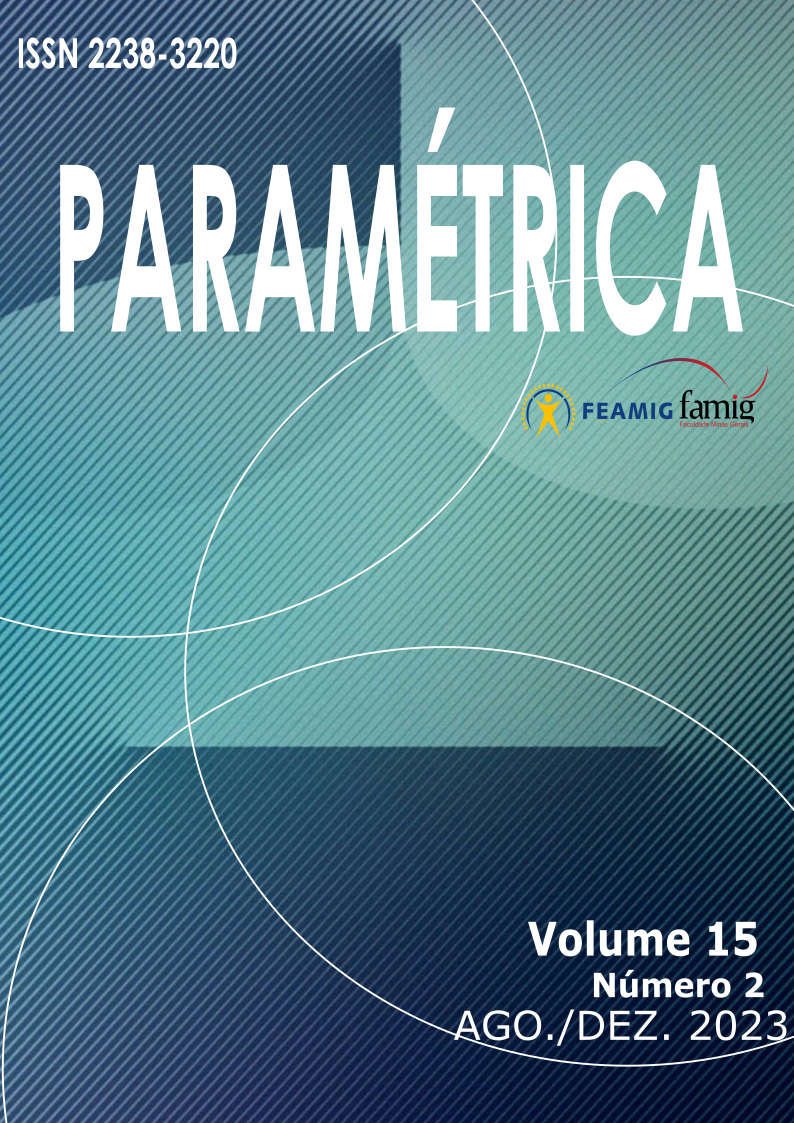Civil Engineerring and the Creation off Hospital Environments Promoting Infection Prevention
Design Factors in Focus
Keywords:
biosecurity; civil Engineering; infection prevention.Abstract
The research addresses the direct contribution of civil engineering to the prevention of infections in hospital environments amid growing concerns about biosafety. It optimizes coating materials, spatial layout, ventilation systems, contact surfaces, and easily maintainable facilities to minimize the risks of infection spread. Wall and floor coverings play a crucial role in infection prevention by creating barriers against microorganisms and facilitating effective cleaning. Intelligent spatial arrangement, avoiding dirt accumulation, enhances cleaning effectiveness, promoting biosafety. Well-designed ventilation systems reduce the recirculation of contaminants, improving air quality. Minimizing contact surfaces and the design of easily maintainable facilities emerge as effective strategies to enhance cleaning and prevent cross-contamination. In summary, civil engineering, through careful choices and strategic designs, plays a fundamental role in creating safer hospital environments, promoting health and well-being.


